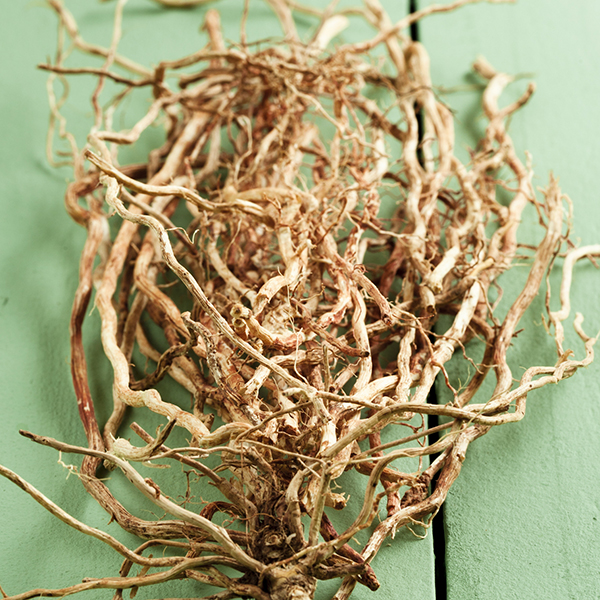
Vetiver Fragrance
An earthy and woody note, a return to the roots of timeless chic.
These are the roots that are used in perfumery and form a fine and branched network. Vetiver brings earthy, slightly smoky facets with a nutty tone.
Description
A word with oriental scents
The word Vetiver appears in the French language in the nineteenth century. Borrowed from Tamil vettivern which refers to a local plant, a herbaceous whose root has this peculiar smell: earthy, smoky. It is understood that the Indian name of the plant, “khus khus” was not retained… One finds “vetiver” under the pen of Balzac in Cesar Birotteau for an exotic evocation: “A poet who passes the Rue des Lombards, can feel some perfumes dreaming of Asia; he admires dancers in a cauldron while breathing vetiver; struck by the brilliance of the cochineal, he finds Brahamic poems, religions and their castes; when he clashes with the raw ivory, he climbs on the elephants’ backs, in a muslin cage, and makes love there like the king of Lahore.”
A scent and a name present in perfumery
The scents that have allowed vetiver to come out of the ground have even been called “Vetiver” while they are composed with many other facets. These were the Vétivers of Carven (1957) and Guerlain (1959). The latter was the very first perfume created by Jean-Paul Guerlain, then 22 years old. It inaugurates an extremely harmonious vetiver/ hesperide agreement (lemon, bergamot, orange and grapefruit), which becomes a must for men.
Vetiver has also been able to slip more discreetly into women’s perfumery. Some are even found in Chanel’s No. 5.
